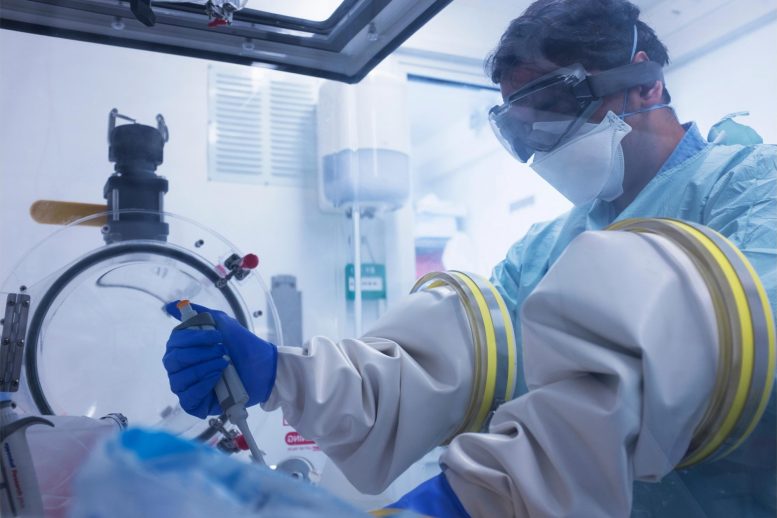Accidental Release From a Lab or Zoonotic Spillover? Scientists Call for Investigation Into the Origins of COVID-19

Letter From Scientists: Investigate the Origins of COVID-19
More investigation is needed to determine the origin of the COVID-19 pandemic, say Jesse Bloom, Alina Chan, Ralph Baric, David Relman and colleagues in this Letter.
“Theories of accidental release from a lab and zoonotic spillover both remain viable,” they say. “Knowing how COVID-19 emerged is critical for informing global strategies to mitigate the risk of future outbreaks.”
The authors highlight a joint China-World Health Organization (WHO) report into the origins of SARS-CoV-2, some results of which were released in November 2020. “WHO Director-General Tedros Ghebreyesus commented that the report’s consideration of evidence supporting a laboratory accident was insufficient,” they note. “As scientists with relevant expertise, we agree with the WHO director-general, the United States and 13 other countries, and the European Union that greater clarity about the origins of this pandemic is necessary and feasible to achieve,” they say.
They call for an investigation that is “transparent, objective, data-driven, inclusive of broad expertise, subject to independent oversight, and responsibly managed.” In concluding their Letter, they write: “in this time of unfortunate anti-Asian sentiment in some countries, we note that at the beginning of the pandemic, it was Chinese doctors, scientists, journalists, and citizens who shared with the world crucial information about the spread of the virus — often at great personal cost. We should show the same determination in promoting a dispassionate science-based discourse on this difficult but important issue.”
Reference: “Investigate the origins of COVID-19” by J.D. Bloom at Fred Hutchinson Cancer Research Center in Seattle, WA; J.D. Bloom; A. Iwasaki; R. Medzhitov at Howard Hughes Medical Institute in Chevy Chase, MD; Y. Alina Chan; B.E. Deverman at Broad Institute of MIT and Harvard in Cambridge, MA; R.S. Baric at University of North Carolina at Chapel Hill in Chapel Hill, NC; P.J. Bjorkman at California Institute of Technology in Pasadena, CA; S. Cobey at University of Chicago in Chicago, IL; D.N. Fisman at University of Toronto in Toronto, ON, Canada; R. Gupta at Cambridge Institute of Therapeutic Immunology & Infectious Disease in Cambridge, UK; A. Iwasaki; R. Medzhitov at Yale University School of Medicine in New Haven, CT; M. Lipsitch at Harvard T. H. Chan School of Public Health in Boston, MA; R.A. Neher; E. van Nimwegen at University of Basel in Basel, Switzerland; R.A. Neher; E. van Nimwegen at Swiss Institute of Bioinformatics in Basel, Switzerland; R. Nielsen at University of California, Berkeley in Berkeley, CA; N. Patterson at Harvard University in Cambridge, MA; T. Stearns; D.A. Relman at Stanford University in Stanford, CA; M. Worobey at University of Arizona in Tucson, AZ; D.A. Relman at Stanford University School of Medicine in Stanford, CA.
DOI: 10.1126/science.abj0016
